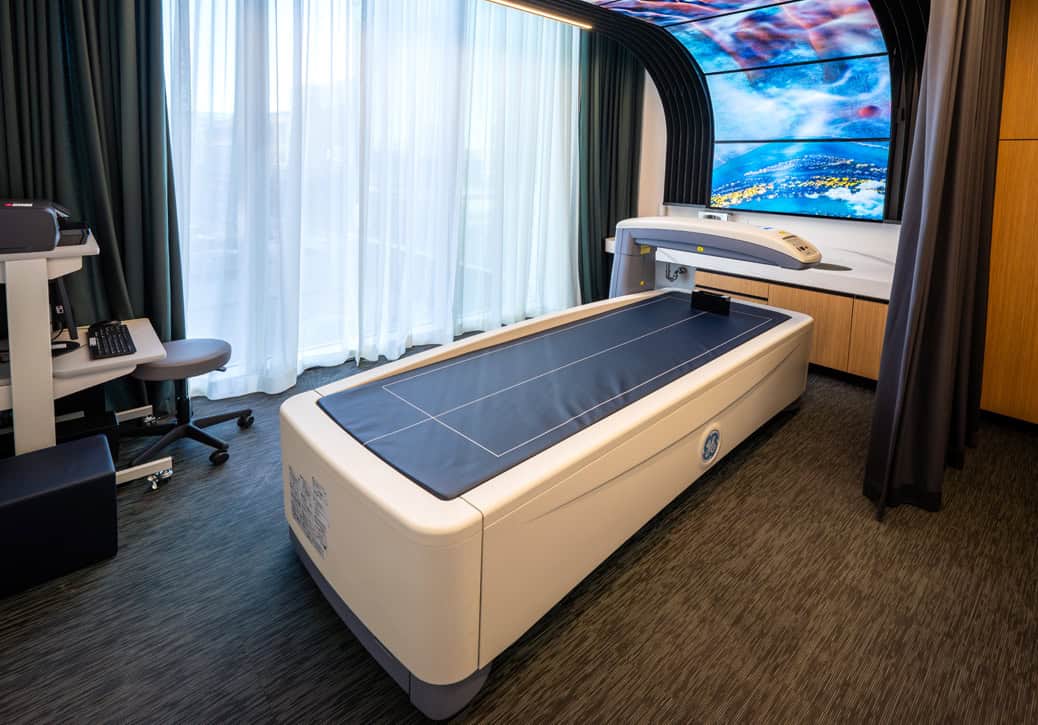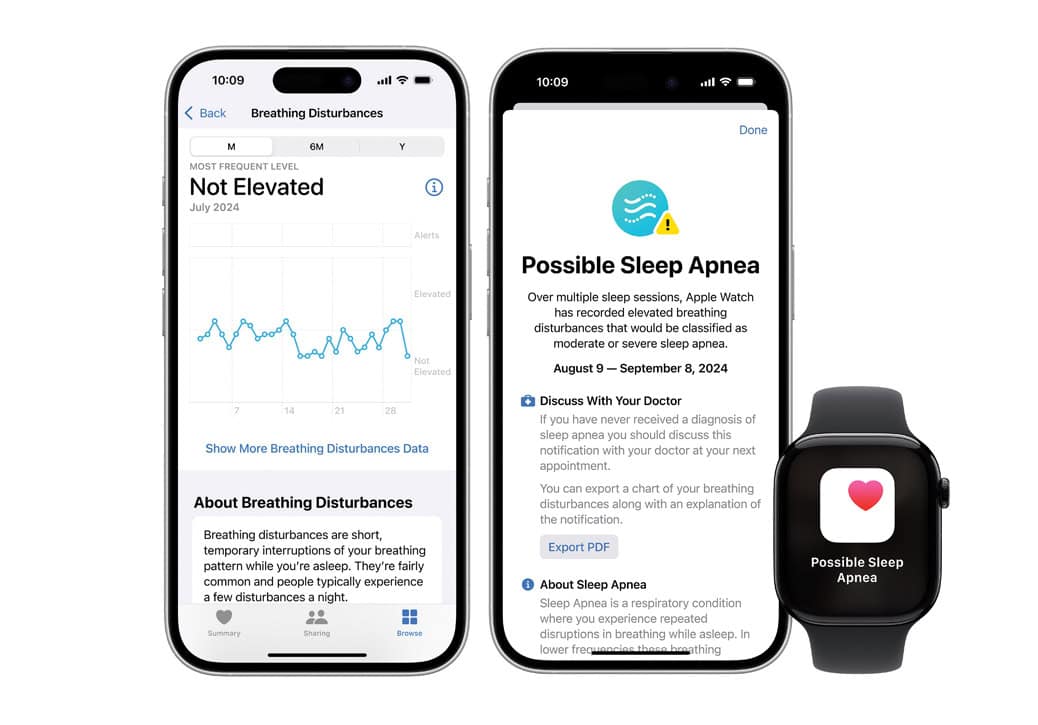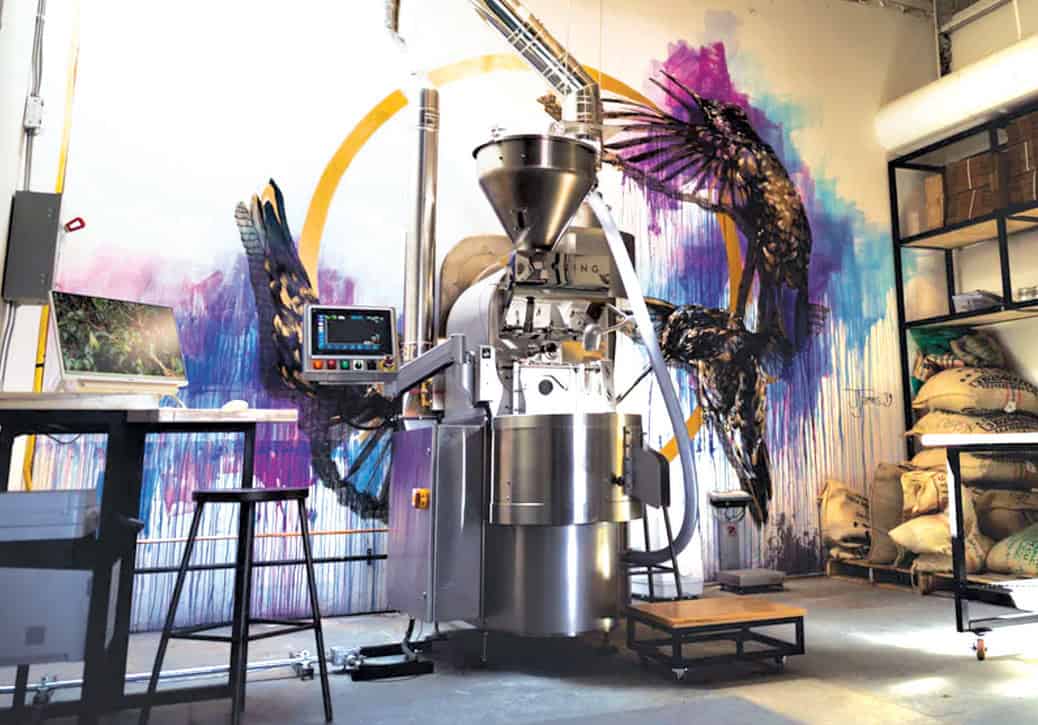From scrappy startups to billion-dollar businesses, innovators in the Great White North have developed cutting-edge healthcare solutions that can make a difference in our lives.
While it’s so typically Canadian not toot our own horn, its become abundantly clear that from coast to coast, there’s a proliferation of homegrown companies—big and small—with smart solutions to help us live healthier lives.
By leveraging technology, including AI, we’re able to better access (and understand) everything from our medical scans to our blood work. We can now keep a digital eye on our loved ones who might be at risk living independent, use our smartphone’s camera to detect skin cancer and access trustworthy medical education videos… rather than Googling symptoms across random sites and panicking at the misdiagnosis.
Yes here north of the border, we’re beyond fortunate to have universal health care that’s enjoying a little help from technology these days: The following are a handful of
‘local’ solutions worth checking out.
PocketHealth
Need an MRI, ultrasound, CT scan or X-Ray? As outdated as it seems, some Canadian hospitals and clinics still hand patients a CD-ROM with medical images on them. Yes, it’s still happening!
Now ‘free’ for the basic version, Toronto-based PocketHealth makes it easy to access and share your medical images through a secure website you can access on a smartphone, tablet, laptop or desktop. Patients receive a permanent, digital copy of imaging records—in full diagnostic quality—and can then email it to any health-care professional on the planet (or print it, if desired). Additional features through their paid plans provide personalized insights, help deciphering medical jargon, and more.
PocketHealth also promotes early detection of breast cancer through personalized risk assessment, notifications for screening eligibility, follow-up care recommendations and better understanding mammogram results—now that the Ontario Breast Screening Program (OBSP) has expanded screening eligibility to 40 years of age.

Skinopathy
With the free GetSkinHelp app from Skinopathy (iOS and Android), you can now use your smartphone’s camera to preliminarily screen your skin for potential cancers. Simply take a picture of the skin condition you’re concerned about, such as a suspicious mole, and receive an initial AI analysis with a prompt, if necessary, to schedule an appointment with a health-care professional who can provide an official diagnosis and next steps for treatment if required.
At the 2024 Collision Conference in Toronto, Skinopathy’s CEO Keith Loo explained that the app’s AI works accurately for those with darker skin, which can be harder to detect with the naked eye. Without this early diagnosis a potentially dangerous condition could go undiagnosed until it’s at a later stage, claims Loo.
Also of note, a recent study conducted between Skinopathy and a leading cosmeceutical company proved that even seasoned dermatologists were “unable to assess” the primary symptoms for atopic dermatitis (erythema/redness) in people of colour. Skinopathy, on the other hand, was able to detect the miniscule colour changes in those same patient’s skin tone. This combination of self-identification potential, accuracy, early diagnosis and affordability seems like a game changer.
AlayaCare
Another “aging in place” solution is from Montreal-based AlayaCare, which is creating efficiencies for home-care providers so that people can age at home with dignity.
Powered by AWS, the company is experimenting with prediction models to see which patients are most at risk and then building that data into the workflow process for care providers to create even further efficiencies for them.
Featuring three health-care experts, a free one-hour video webinar about AI used in home-based care is available from AlayaCare, showcasing four use-cases on how AI and machine learning can drive better outcomes—including detecting risks early for your loved ones.
YouTube Health
Much to the chagrin of healthcare professionals, millions of Canadians turn to the web for medical diagnoses. The issue, of course, is getting incorrect and/or heavily biased advice.
Well, Google’s YouTube is looking to combat misinformation by expanding its YouTube Health initiative, which was launched in 2022.
Google Canada confirmed its mega-popular streaming platform is sharing vetted health-related videos from credible organizations, including Canadian institutions—like Toronto’s Hospital for Sick Children and the Centre for Addiction and Mental Health (CAMH)—and now adding individual accredited doctors, nurses and mental-health professionals into the mix. Knowledge is power.

Precision Health by TELUS Health
It’s not just our smaller start-ups that are getting behind potentially life-saving technology.
A new TELUS Health service, being offered in Calgary (to start), called Precision Health is a preventive health program that gives a subscriber personalized information about not only their current but also their future health.
Using advanced data analytics collected by whole-body imaging, genomics and bioanalytical insights (like proteins, hormones, metabolic markers and nutritional needs), this service offers a holistic look at your health then helps create highly tailored wellbeing strategies. Its designed to track your health, keep you healthy and proactively addressing future risks—taking into account genetic, environmental and lifestyle factors.
Interestingly, Precision Health may include a 3-D digital replica of the body, organs, muscles and tissues to create a “digital twin,” or virtual replica of yourself, to help in the process.
Packages start at $2,695.
Oncoustics
More than two billion people globally are living with (or at risk of) liver disease. Given the fact that liver conditions are mostly asymptomatic, until advanced stages, most people don’t know they’re living with it, according to Beth Rogozinski, CEO of Oncoustics.
Her Toronto-based company leverages its AI software to detect liver disease from ultrasounds, which can be performed with relatively inexpensive equipment by a technician within minutes, to differentiate healthy versus diseased tissues.
Awaiting FDA approval, this alternative to a more costly biopsy may also be used to assess other organs, including kidneys and potentially detect prostate, breast and thyroid diseases and cancers.
Oncoustics is making waves south of the border, too, having recently won the “Innovation for Impact” award at the 2024 Startup Pitch Competition at InnoFest in San Francisco. Hosted by LG NOVA, the North America Innovation Center division of LG Electronics, the organizers recognized the company for “transforming low-cost point-of-care ultrasound devices into powerful diagnostic tools for early detection and monitoring of liver diseases using AI.”
CareAware
While it sounds like science fiction, Waterloo-based Cognitive Systems is distributing CareAware, which uses “Wi-Fi sensing” to track your aging loved one’s movements at home to give you peace of mind as a remote caregiver, such as a son or granddaughter.
That is, non-invasive wireless signals (not cameras) can let you know where your aging relatives are in the home and when to provide valuable real-time insights on an app.
For example, you will see if your elder relative is walking around the home all night or making frequent trips to the bathroom. Alternatively, you can be informed if there is no movement in the home at all or if the kitchen sensor hasn’t been triggered in, say, six or seven hours (to suggest someone, maybe with dementia, hasn’t eaten or taken medications during this time).
In partnership with U.S.-based Electronic Caregiver, the CareAware platform includes four user-friendly smart plugs that join your Wi-Fi network.
Apple Watch’s sleep apnea detection

While not Canadian technology, Health Canada has approved a Medical Device License for Apple’s sleep apnea notification feature built into Apple Watch Series 9, Apple Watch Ultra 2, and Apple Watch Series 10.
While wearing this gadget to bed, it can now help identify signs of moderate to severe sleep apnea, a potentially serious—yet often undiagnosed—condition where breathing stops repeatedly during sleep.
If left untreated, sleep apnea can have important consequences on health, including an increased risk of hypertension, Type 2 diabetes, and cardiac issues.
On how it works, Apple Watch leverages its integrated accelerometer to monitor small movements that are associated with interruptions in normal respiratory patterns (measured by a new Apple Watch metric called Breathing Disturbances).
The next day, Apple Watch users can view their nightly Breathing Disturbances in the Health app on iPhone and iPad, where the data is classified as “elevated” or “not elevated,” and can be viewed over a one-month, six-month, or one-year period.
Apple says its sleep apnea notification algorithm was developed using advanced artificial intelligence (specifically, machine learning), followed by an extensive dataset of clinical-grade sleep apnea tests, and then validated in a clinical study.
For the past 25 years, Marc Saltzman has been a recognized expert in consumer electronics, business tech, and automotive trends. Marc is a keynote speaker across North America and hosts the weekly Tech It Out podcast. You can follow Marc on X @ marc_saltzman.








